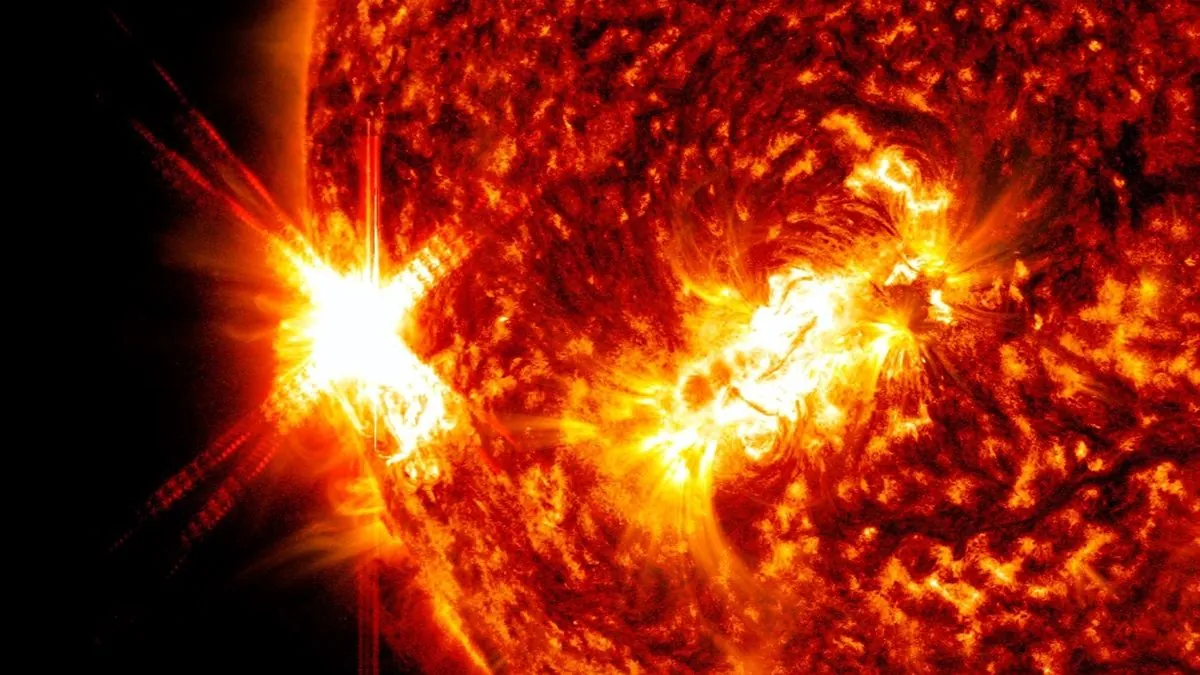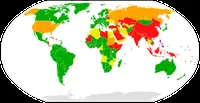Mild Solar Storms May Spark Faint Auroras Across Northern Hemisphere
Recent solar activity may produce subtle auroras with minimal impact on communications. Space forecasters report multiple solar flares since the weekend, potentially visible in southern US regions.

Recent solar activity may result in subtle auroral displays across the Northern Hemisphere, according to space forecasters. The U.S. National Oceanic and Atmospheric Administration (NOAA) reports that since August 10, 2024, the sun has emitted at least five powerful solar flares. These events have released clouds of high-energy plasma capable of interacting with Earth's magnetosphere.
Erica Grow Cei, a spokesperson for NOAA, stated that while these solar storms have the potential to interfere with power grids and GPS signals, no significant communication issues have been reported as of August 12, 2024. The current solar event is expected to be less intense than the unusually strong storms observed in May 2024, which produced spectacular aurora displays.
Despite the milder nature of these recent solar flares, Grow Cei suggested that faint auroras might be visible as far south as Alabama and Northern California on the night of August 12, 2024. This increased auroral activity is attributed to the sun's magnetic field currently being at the peak of its 11-year cycle, leading to more frequent storms and aurora occurrences.

Solar storms, which are disturbances originating from the sun, can have various effects on Earth and its magnetic environment. These events are closely monitored by NOAA's Space Weather Prediction Center due to their potential impact on technological systems and infrastructure.
Auroras, commonly known as the Northern Lights (aurora borealis) in the Northern Hemisphere, are natural light displays caused by charged particles from the sun interacting with Earth's atmosphere. The color of these ethereal lights depends on which atmospheric atoms are excited by the solar wind and at what altitude this excitement occurs.
While the current solar activity is not expected to cause major disruptions, it serves as a reminder of the sun's influence on our planet. Solar storms have the potential to affect various aspects of modern life, including:
- Satellite operations
- Power grid stability
- GPS accuracy
- Radio communications
The ongoing solar cycle, known as Cycle 25, began in December 2019. During each cycle, which lasts approximately 11 years, the sun's magnetic field undergoes a reversal in polarity. This cyclical activity plays a crucial role in space weather patterns and their effects on Earth.
It's worth noting that while these solar events can pose challenges, they also provide opportunities for scientific observation and study. The data collected during such periods contributes to our understanding of solar physics and helps improve space weather forecasting capabilities.
As we continue to rely on technologies vulnerable to space weather, ongoing research and monitoring of solar activity remain crucial. While the current solar storms may only produce subtle auroral displays, they serve as a reminder of the complex relationship between our star and our planet.
"No major communication problems have been reported so far."
This statement from Erica Grow Cei underscores the relatively mild nature of the current solar activity, providing reassurance about its limited impact on Earth-based systems.


































